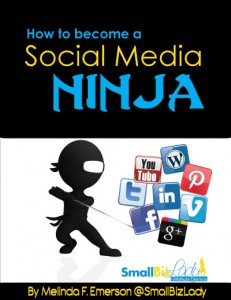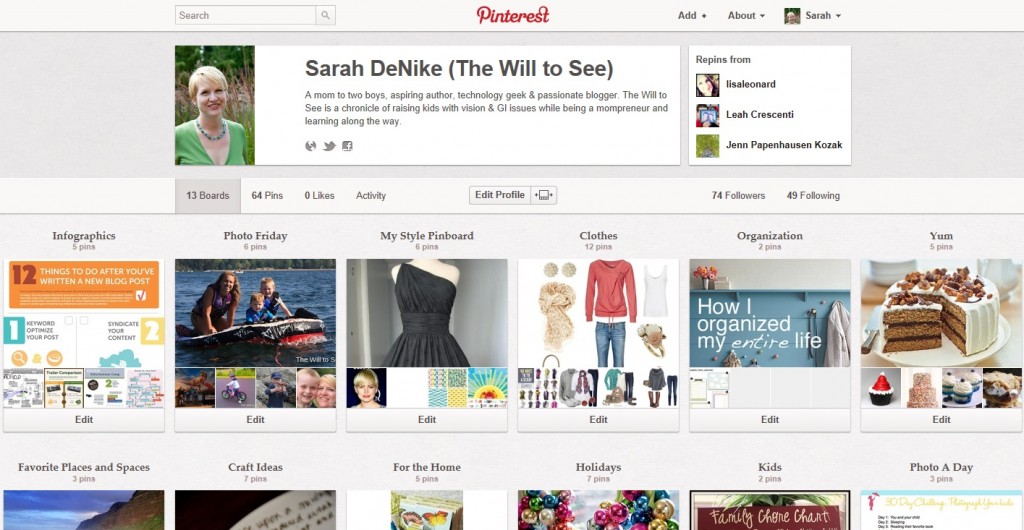Restaurants and Social Media: How to Optimize Your Networks
 Social media is a great tool for any restaurant to connect with customers – but only if you use it right. Though these sites are a casual online meeting place for customers, it’s a strategic business opportunity. Thus, optimizing your site to be found and get customers in the door is key to making your efforts worth your while.
Social media is a great tool for any restaurant to connect with customers – but only if you use it right. Though these sites are a casual online meeting place for customers, it’s a strategic business opportunity. Thus, optimizing your site to be found and get customers in the door is key to making your efforts worth your while.
To make the most of these sites you’ll want to consider keyword use, coupon sharin,g and call to actions. With a few simple changes you can make all the difference.
How to Use Keywords for Your Restaurant’s Social Accounts
More than ever consumers are looking to social networks to search for their favorite restaurant. However, just because you’re present doesn’t mean you’ll be found – and being found on social sites is integral to staying relevant, current and appealing to new customers. To ensure you’re discovered by the hungry eaters who want to find you, you need to use keywords within your page to optimize it.
- Step #1: Perform a keyword analysis to see how you’re being found and assess how you want to be eventually found.
- Step #2: From there, you want to use the keywords within your posts, the name of your page, etc. Just like a website, these should reflect who you are and the verbiage people may use to find you.
- Step #3: Continually analyze the keywords you’re using to make sure you’re targeting keywords that can make you successful.
Remember, you’re optimizing your site to be found when a potential customer uses a social search. In other words, this does not have anything to do with Google, but rather the search engine results pages of a search on a social network.
Using Coupons on Your Restaurant’s Social Networks
Every restaurant knows that coupons are a smart idea – even if it only gets diners through the door, you can charm them into coming back for more. However, the real trick is enticing the customer enough to utilize the coupon. Social media is a great way to use this to your advantage.
- Pinterest is a smart place to direct customers to your coupons; utilizing tantalizing photos of the menu items that are being offered, or a host of items. This gets customers to click open the pin, and then ultimately head to your site for the coupon.
- Facebook makes it easy to offer coupons, and the new timeline layout highlights photos; thus making it even easier to get people to notice your coupons and click.
- Google+ also makes it easy to offer deals and filter where you want these deals to appear. Try to put all of your new customers in one circle and get them to come back!
Creating a Call to Action
While this term may be familiar to your blogging or web design, it’s also important for social media. Though customers are interested to look through your page or tweets, they may not be so inclined to convert – until you tell them to.
SocialMediaExaminer.com suggests, “A call to action encourages or even incentivizes fans’ responses to your content, and it can be as basic as a simple status update.” This can be a very straightforward statement that is still encouraging – getting customers involved is the key.
- Come choose your favorite coupon.
- Tell us what you want to see on the dinner menu tonight. (Make this an easy to run contest)
- Tell us what item should be on special this week.
Social media is a fantastic tool for any business, especially a restaurant. As an often intimate environment, your food connects customers over a nice meal, and it’s time you connect with them too. By optimizing your social sites you have a better chance of making the conversion – whether you use keywords or a call to action, simple changes can make all the difference.
Photo Credit: kirklands.com
Amanda Dee is a professional blogger that writes on a variety of topics including New York City restaurants. She writes for Restaurants.com, a leading directory of restaurants.
This post was written by Amanda DiSilvestro. You can visit the Author Archive for a short bio, more posts, and other information about the author.
Link







 "There is always an opportunity cost to doing free social media marketing – don’t forget that."
"There is always an opportunity cost to doing free social media marketing – don’t forget that."





























